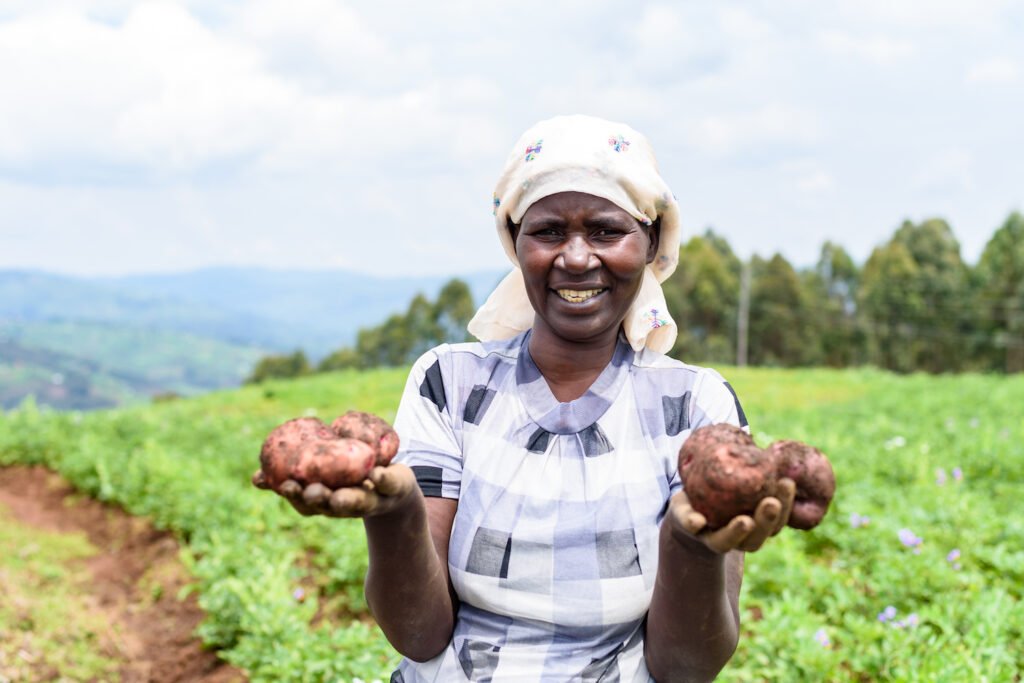Farm selection
Potatoes require fertile soil so the part of the farm that has laid fallow for some time could be of great help. If not, make sure the part selected has not been under any crops from the solanaceae family such as tomatoes or even potatoes.
The soils should have proper drainage and the crop should be in the open without shading from trees.
Land preparation
The area should be ploughed during the dry season to clear all perennial weeds. The ploughing ensures loosening of the soil at least 40-50 cm deep. The area should be hallowed to ensure the soil is sufficiently fine without big clogs.
Before preparations for planting, carry out soil testing to guide on the fertilisers to be applied. If lime is recommended, apply 2-4 weeks before planting. The analysis should also guide on manure application.
For best results, the manure should be well decomposed. Dig furrows 15 cm deep and 75cm apart. Use a sisal twine to ensure furrows run straight.
If manure is not broadcast prior to digging furrows, then it can be put on the furrows and mixed well with the soil.
It should be noted that soil testing is absolutely necessary for climatesmart production as it guides on the correct fertiliser and amount to be applied, thus improving yields and ensuring sustainability while avoiding environmental pollution.
Seed for planting
The best seed for planting is certified seed which can be sourced from KALRO or Kenya Potato Council. Most farmers have traditionally recycled seed that is planted year after year.

